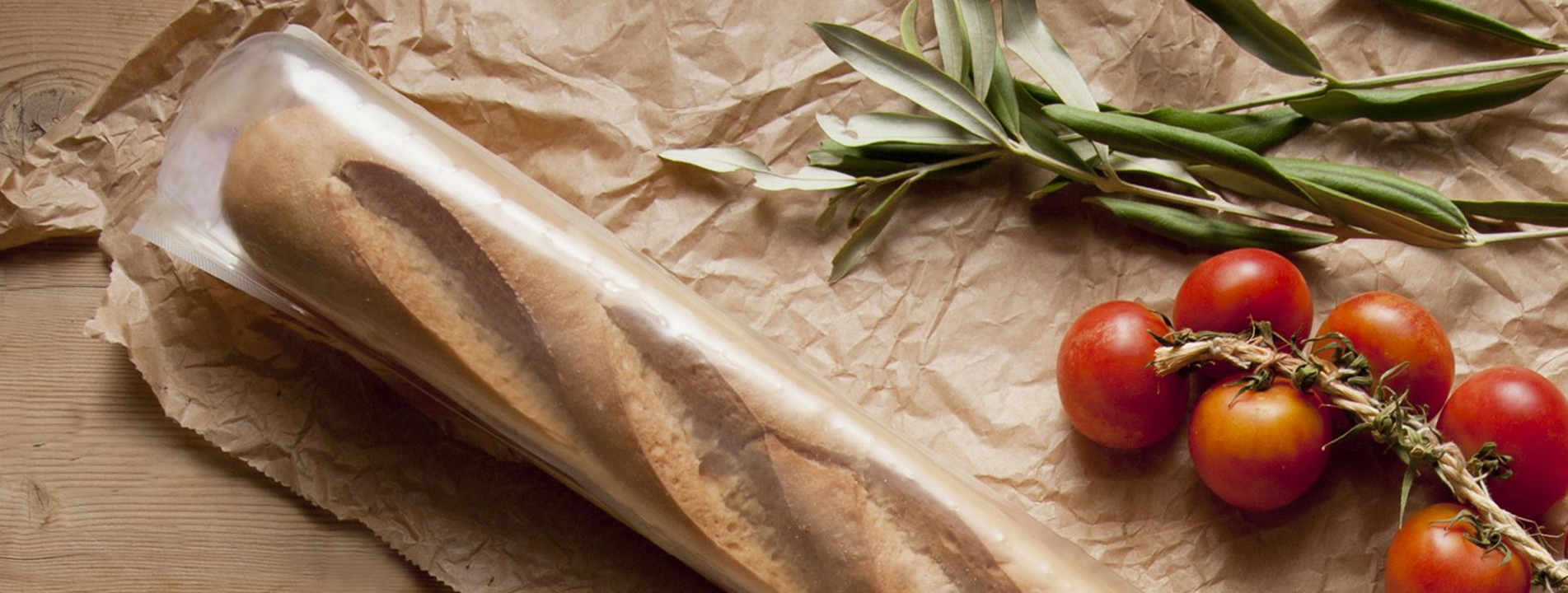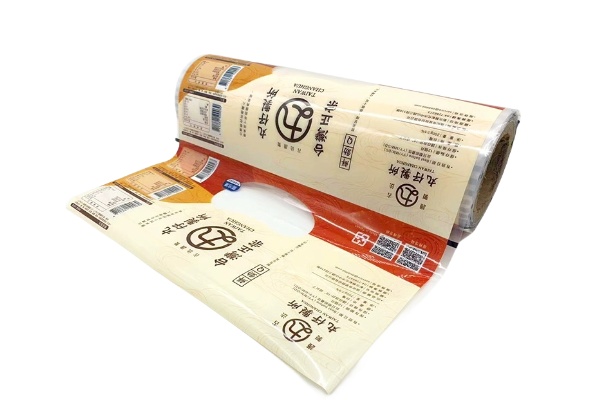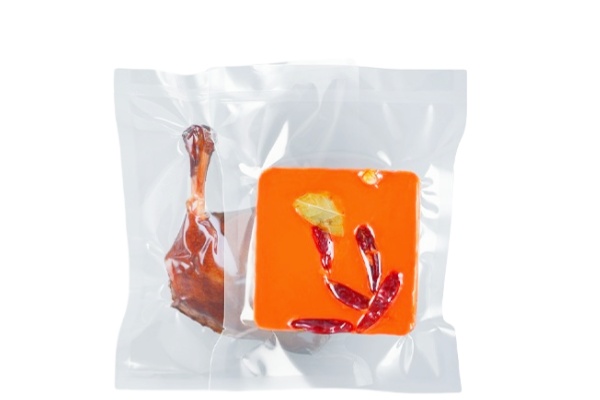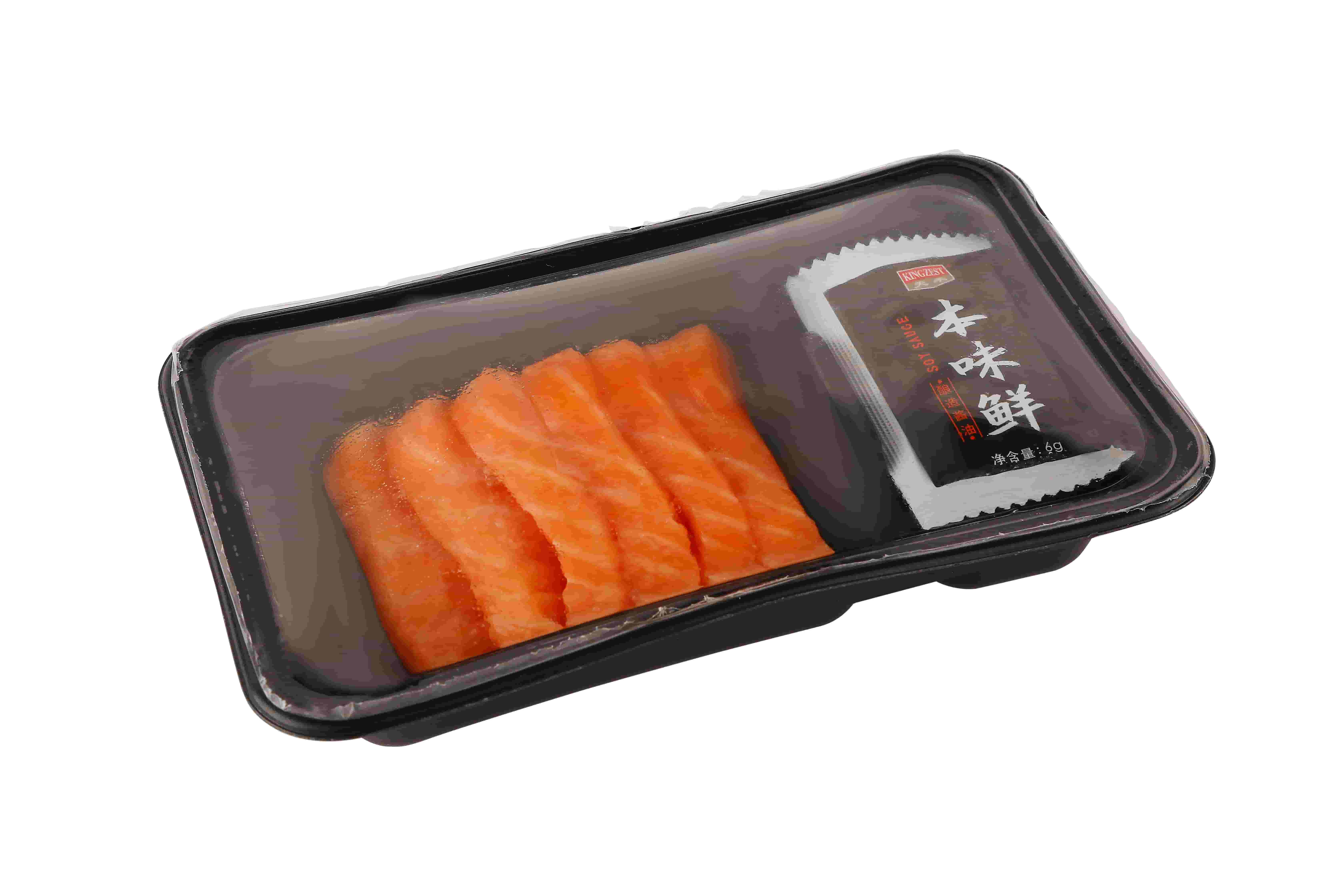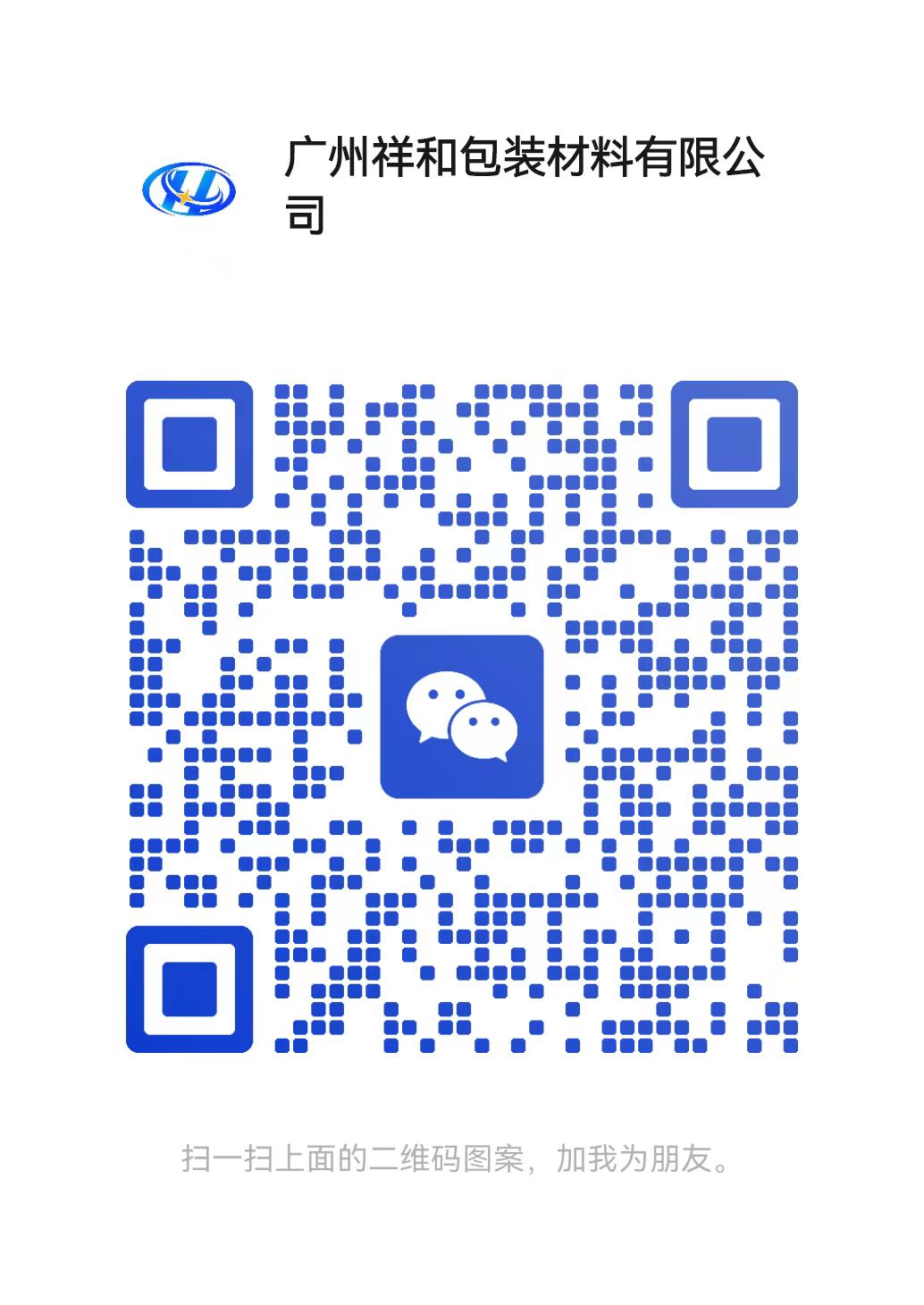Thermoforming barrier films are commonly used in food packaging to extend the shelf life of perishable products dates. These films provide an effective barrier against oxygen, moisture, and other external contaminants, helping to preserve the freshness and quality of the dates.
When selecting thermoforming barrier films for dates packaging, here are some factors to consider:
- Oxygen Barrier: Dates are susceptible to oxidation, which can lead to changes in flavor, color, and texture. Look for films with a high oxygen barrier to prevent oxygen from permeating through the packaging.
- Moisture Barrier: Dates have a relatively high moisture content, so it's important to choose films that provide a good moisture barrier to prevent moisture loss or gain. This helps to maintain the desired texture and prevent the dates from drying out or becoming too soft.
- UV Protection: Dates can be sensitive to light, especially ultraviolet (UV) radiation. UV rays can promote oxidative degradation and spoilage. Opt for films that offer UV protection to minimize the exposure of dates to light.
- Sealability: Thermoforming films should have excellent sealability to ensure a tight and secure seal. This helps to maintain the integrity of the packaging and prevent moisture or oxygen from entering.
- Transparency: Clear films allow consumers to see the product, which can be visually appealing when packaging dates. Transparency also allows for easy visual inspection of the dates for quality and freshness.
- Sustainability: Consider using barrier films that are environmentally friendly and have sustainable attributes, such as being recyclable or made from renewable resources.
It's important to consult with packaging suppliers or experts who specialize in thermoforming films to determine the most suitable options for packaging dates based on your specific requirements and the desired shelf life of the product.






 English
English
